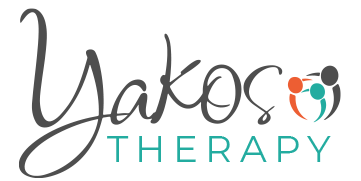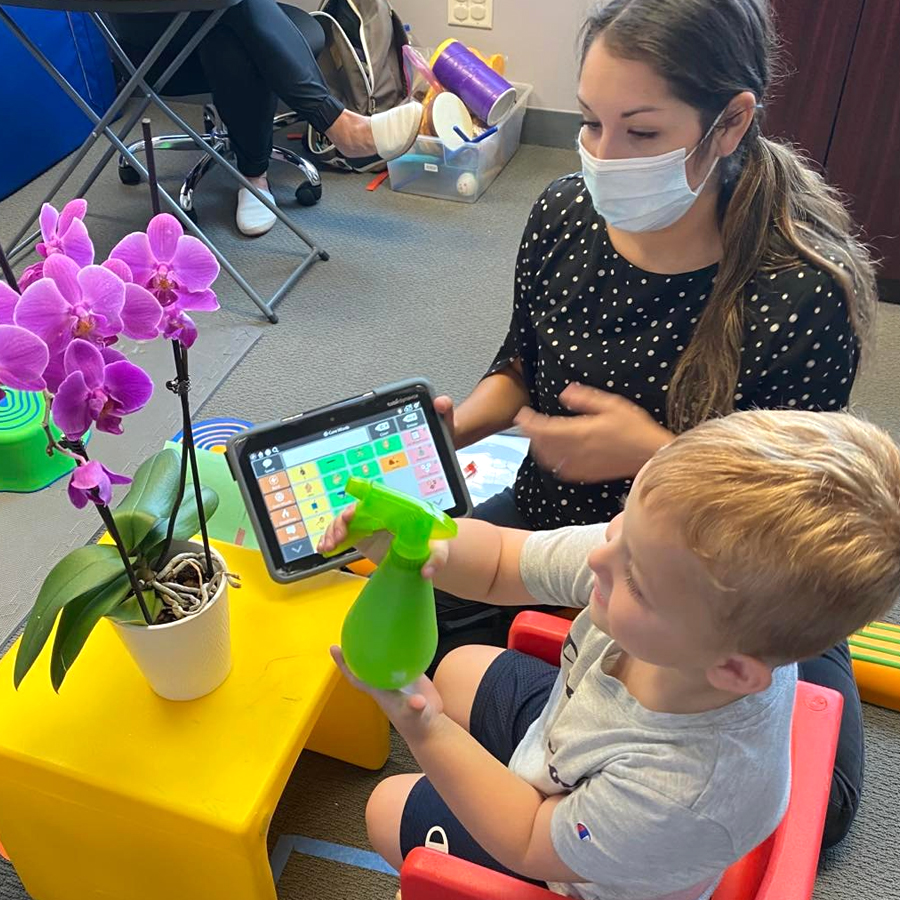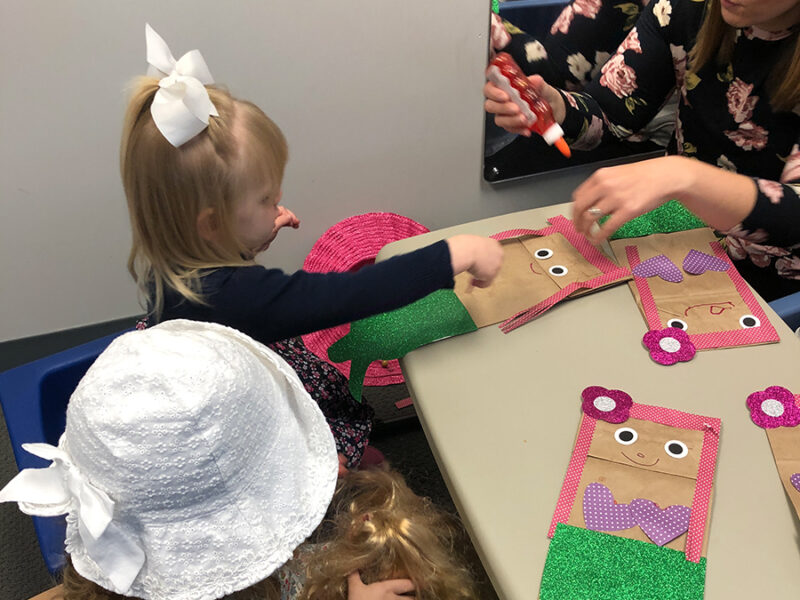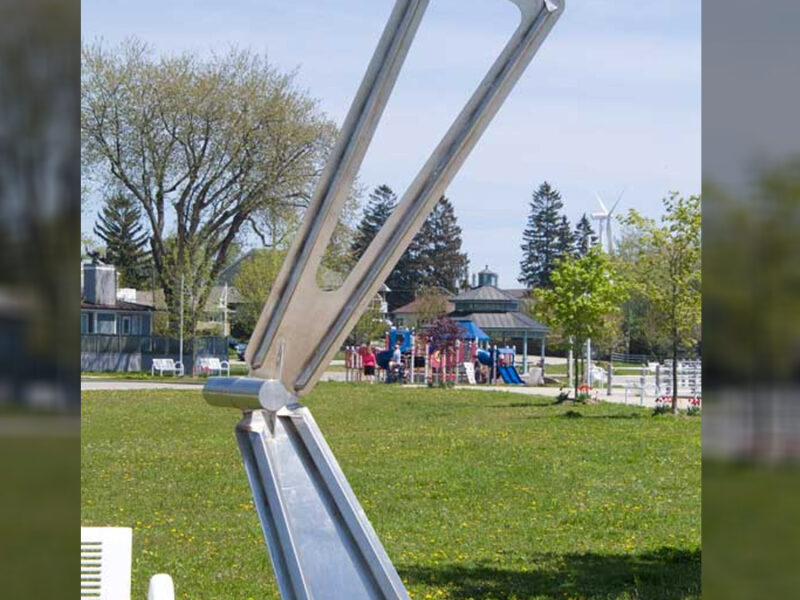Children and adults with speech or language difficulties may need to find other ways to communicate. There are different types of AAC to consider and a speech-language pathologist can help find the most appropriate form of AAC based on an individual’s needs. To determine what type of AAC is best for an individual, it is essential to gather parent/family input, observations, complete an AAC evaluation, and gather team input. Individuals who may work as part of the team included: speech-language pathologist, occupational therapy, physical therapist, social worker, assistive technology professional, doctor, vision specialist, etc.
There are two main types of AAC: unaided and aided systems.
Unaided Systems
- Does not require anything specific besides one’s body
- Gestures
- Facial expressions
- Body language
- Sign vocabulary
Aided Systems
- Requires a tool or device
- Two types: basic and high tech
- Examples of basic aided systems- pen and paper, pointing to letters/words/pictures on a board
- Examples of high tech aided systems- touching words/pictures on a computer screen or iPad
- Some of these speech-generating devices (SGDs) can be personalized to speak in different languages, tones, accents, etc.
Two main ways to access AAC:
- Direct selection: pointing with a part of your body (e.g., finger)
- Some may point with something else (e.g., beam of light, headstick, etc.) or use switches if unable to point
- Direct selection is the fastest option to make choices
- Scanning: one choice at a time
- Some devices have lights and you use a switch to stop the light on your choice
- Visual scanning devices are an option
- Better option if unable to control hands or feet
Resources
https://www.asha.org/public/speech/disorders/aac/
https://www.asha.org/public/speech/disorders/information-for-aac-users/



